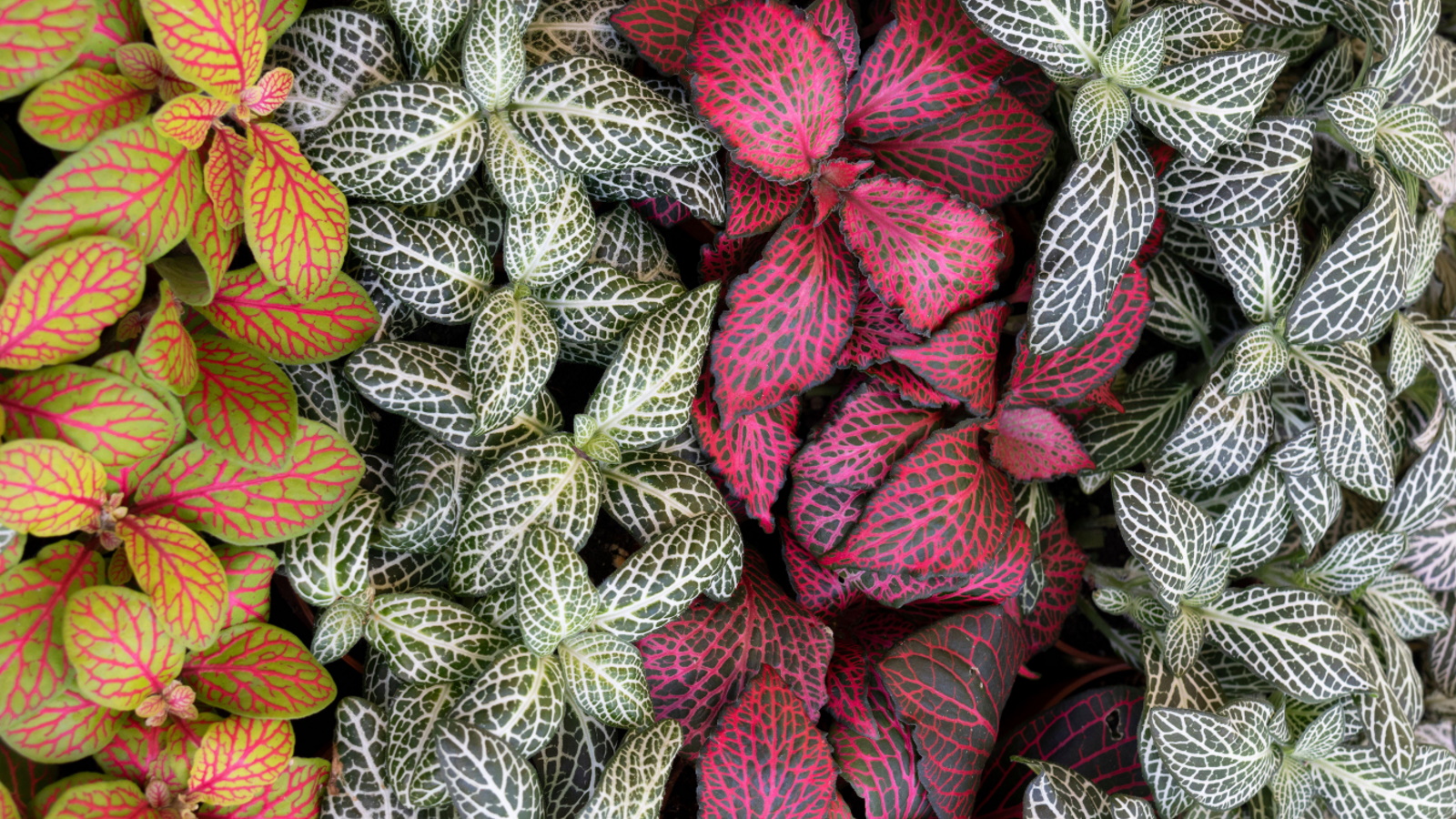
Searching among the best indoor plants for something small and colorful? The nerve plant, or fittonia, might be just what you're looking for. These compact houseplants are known for their attractive foliage, which ranges in colors from white to yellow, and even pink or red.
Fittonias are tropical plants native to South American rainforests, growing low to the ground under canopies of trees. These plants are small in size, reaching up to half a meter in height if you let them.
'This plant is commonly called the nerve plant because the veining on the foliage resembles the human central nervous system. It makes a good topic of conversation for visitors to your indoor garden when they spy this gorgeous plant and ask about it,' says Julie Bawden Davis, indoor plant expert at Healthy Houseplants.
They're perfect for small spaces, filling spots on windowsills or standing on a coffee table as a decorative centerpiece. Fittonias are somewhat low-maintenance and great for beginners wanting to introduce bright foliage to their home.
The key to caring for fittonia plants is to keep them looking bright and perky. We've gathered expert tips on how to successfully keep a nerve plant looking its best.
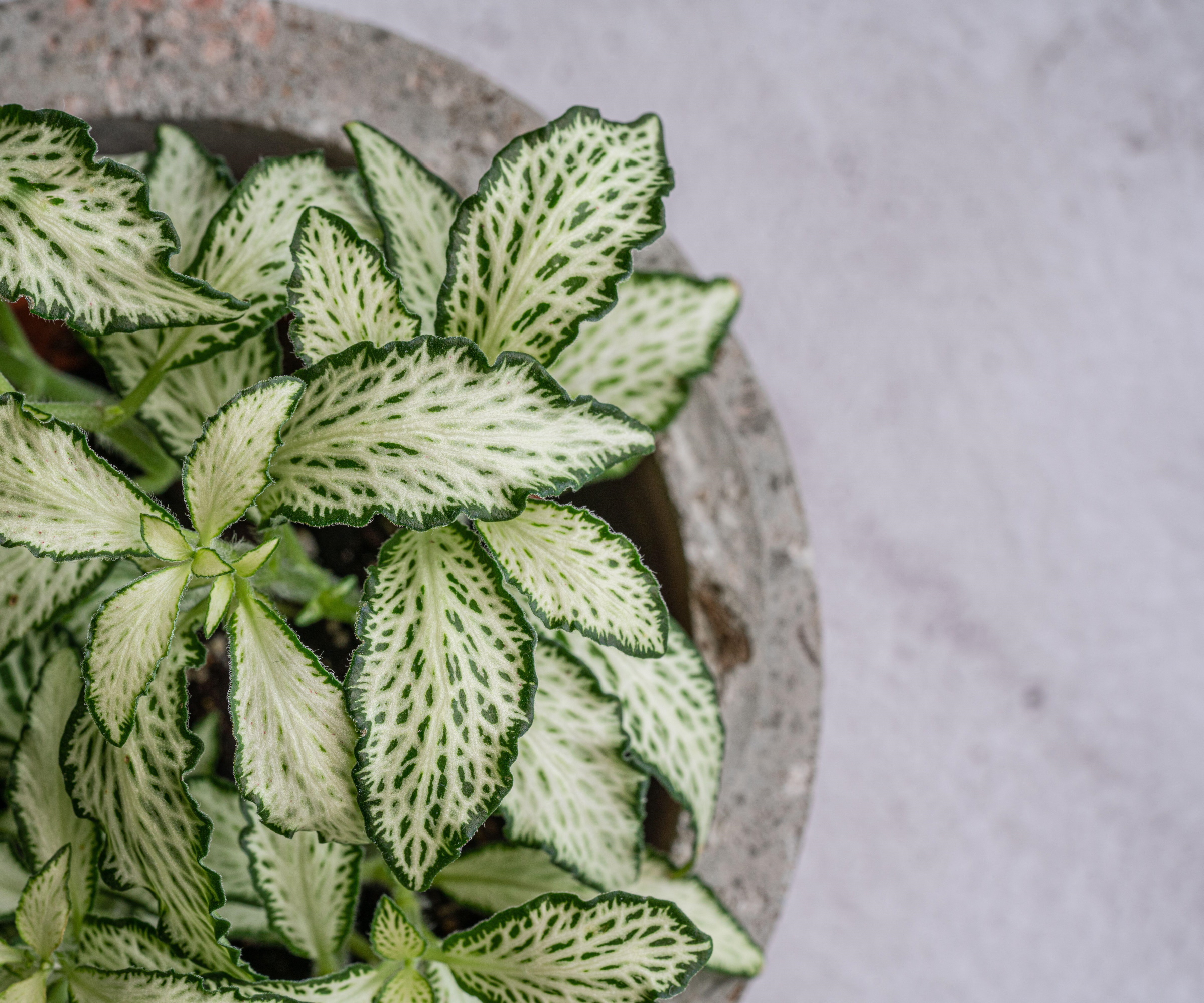
5 expert tips to keep your fittonia bright
Fittonia plants have beautiful, striking foliage. They don't require too much care to keep them thriving and our list of expert tips can help you ensure its color stays bright and bold.
1. Place in medium light
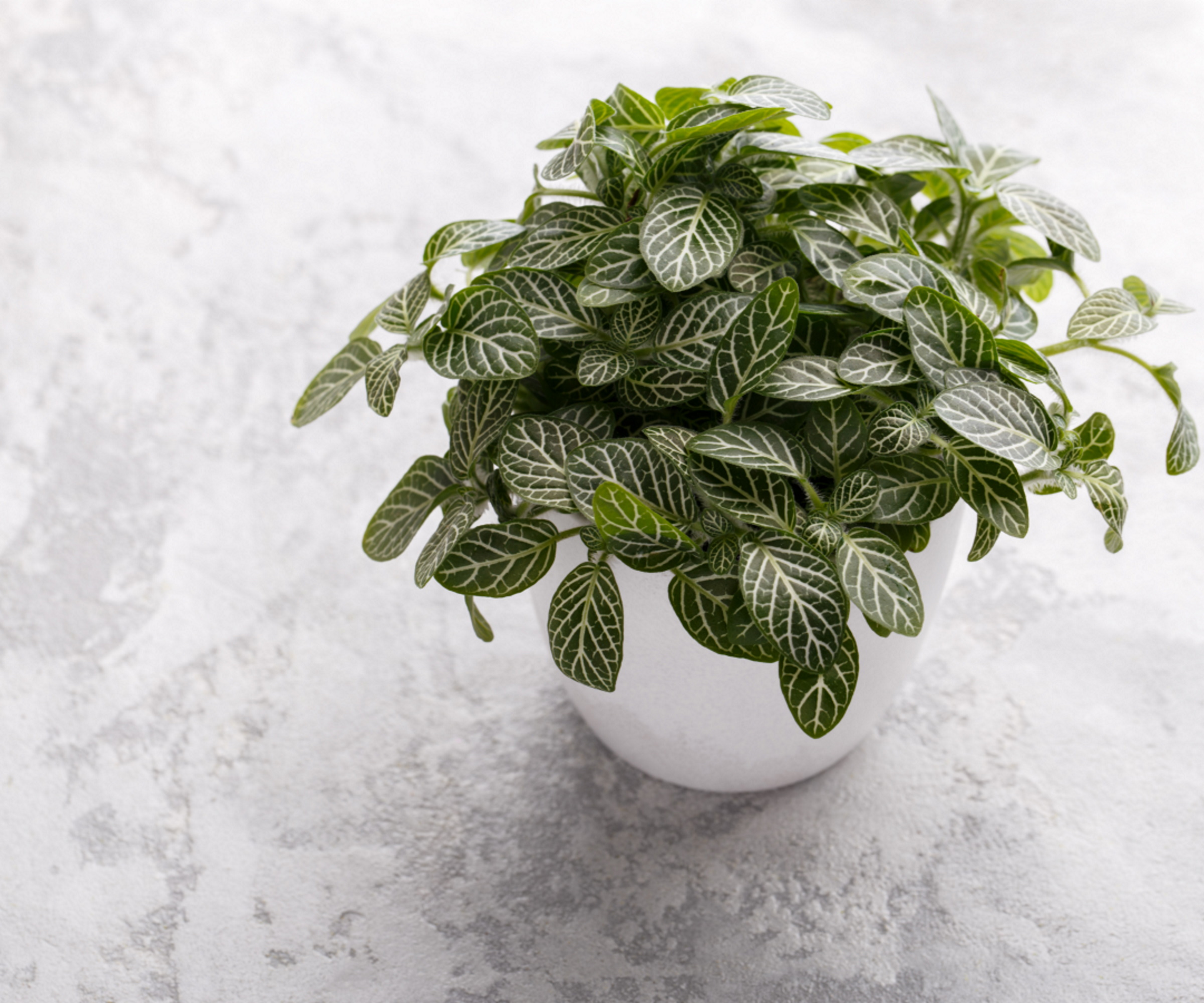
You'll find fittonias growing naturally in tropical rainforests, on ground level beneath canopies of trees. They therefore adapt well to medium and low light positions in your home.
'An eastern window is ideal for them. They can also do well in an unobstructed northern window. Avoid putting them in bright windows such as southern or western, as the bright light can burn their foliage,' says Julie.
Their compact size makes them great for windowsills, but be careful not leave them in direct sunlight as it could damage their foliage and dull the appearance of the colors that make them attractive in the first place.
2. Water little and often
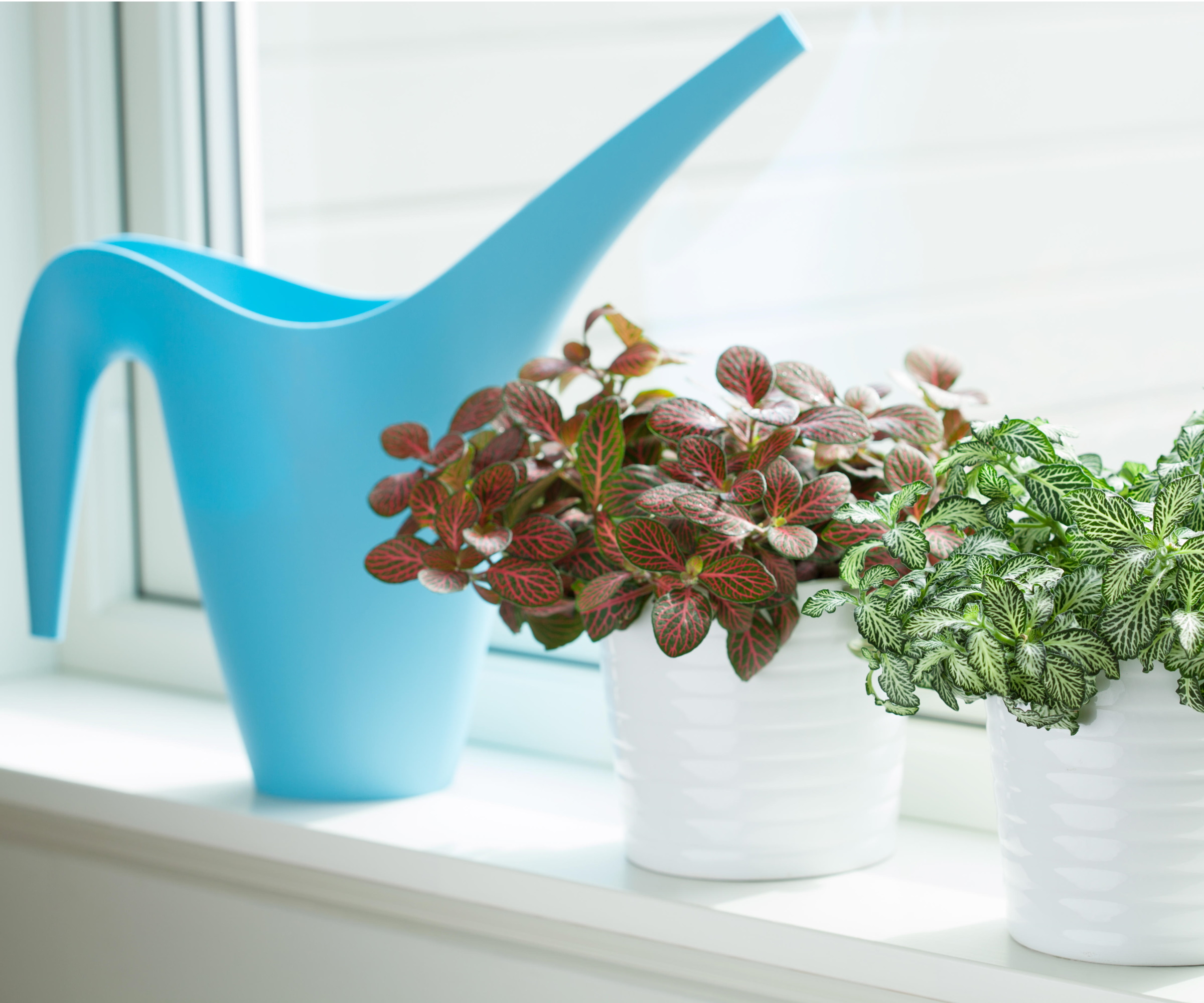
How to water indoor plants is where a lot of plant parents make a common houseplant mistake that leads to the death of a plant. With fittonias, all you need to remember is to water little but often.
'Keep the soil consistently moist,' says Andy Burde, houseplant expert at the House Plant shop. Fittonias are from tropical environments and enjoy moisture, but making their soil soggy could cause root rot. 'Water fittonia plants when the top inch of soil feels dry,' he adds.
Having a regular watering schedule for fittonias, such as once a week, should do the trick but only give it enough water to saturate the roots without leaving it sitting in too much moisture.
'If this plant gets dry it will quickly wilt, although it will spring back after watering if you catch it in time. Water with warm to tepid water. Watering from above works well with fittonia,' says Julie.
3. Keep it trimmed
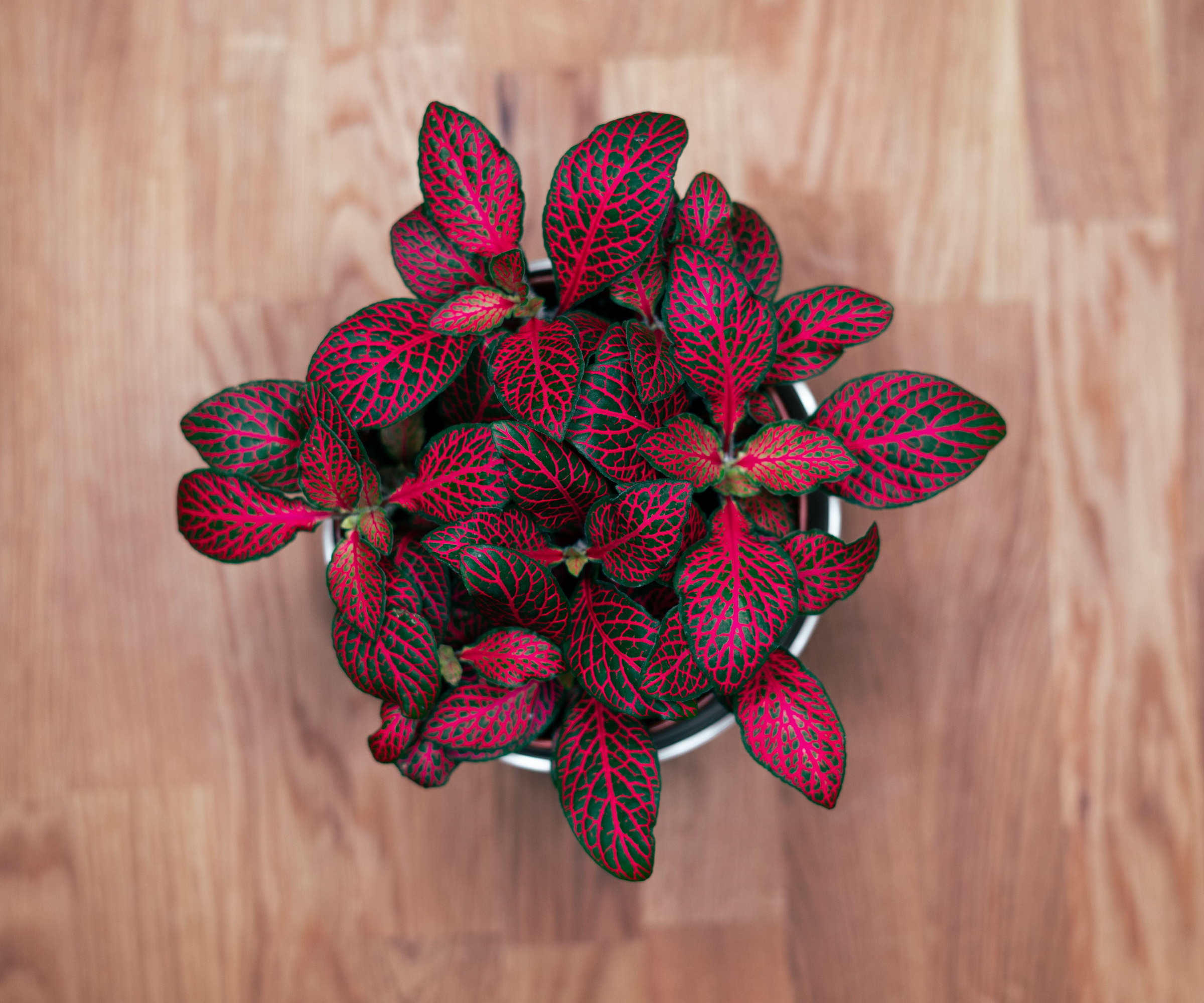
Pruning is an easy way to keep indoor plants looking neat in your home, while also encouraging further growth.
Nerve plants are quite compact and don't require a huge amount of pruning, however if you leave them to grow they may get untidy.
'Fittonias require pruning back when the plant begins to become leggy. Pruning back will cause the plant to grow bushier and fuller. When pruning back, shorten stems by pruning back to just above a set of leaves,' says Julie.
When pruning any plant, it's always important to use clean and sharp pruning tools. You can buy indoor plant pruning tools online, like these houseplant scissors and pruning shears from Walmart.
4. Feed during warmer months
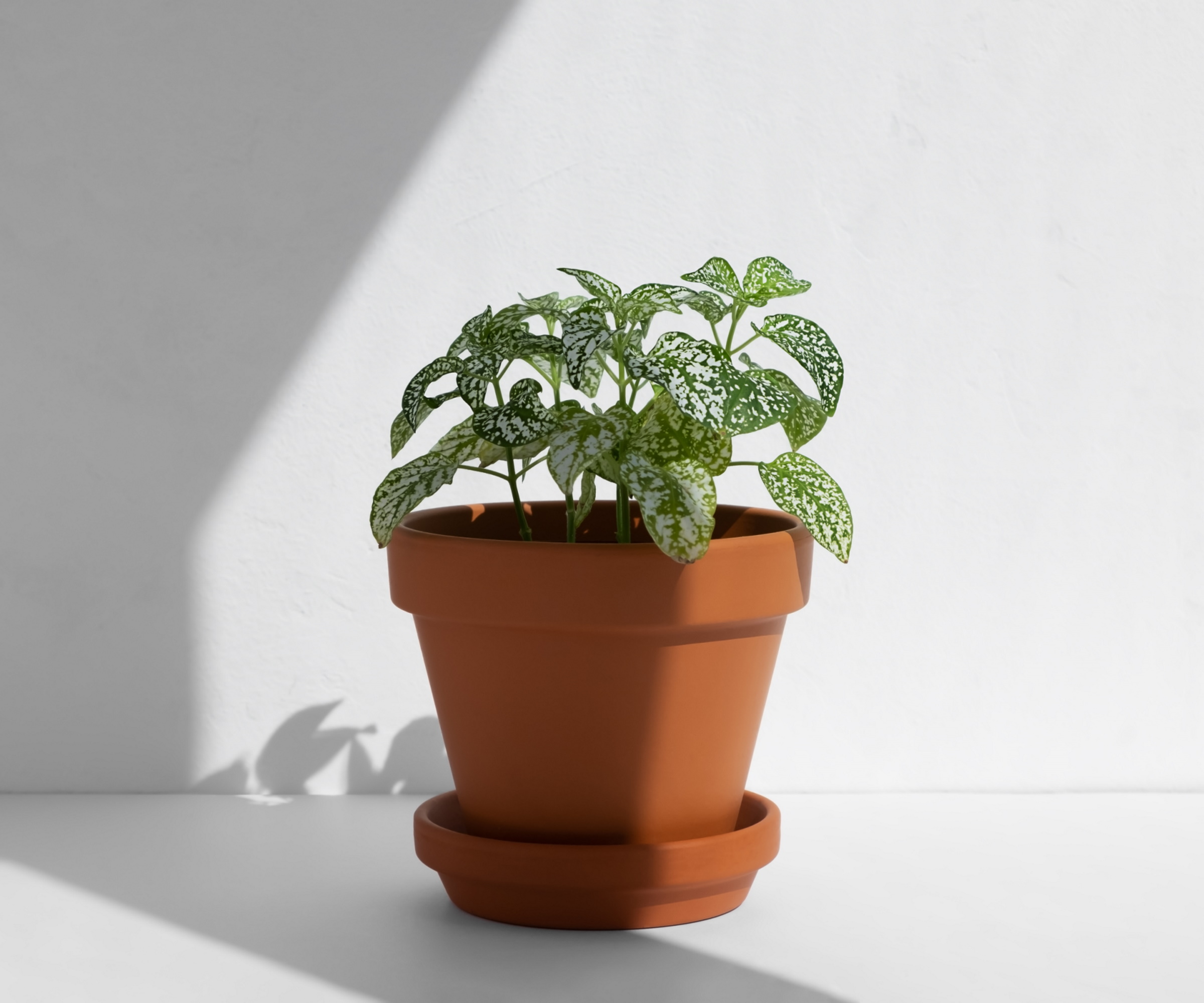
Although this care tip isn't a necessity, feeding indoor plants with fertilizer can help promote growth and keep them healthy.
It's always best to fertilize plants during their growing season to maximise the effect of the plant food. For fittonias, this means fertilizing periodically during the spring and summer months.
'Use a half-strength liquid fertilizer every 4-6 weeks during the growing season,' says Andy.
You can find lots of multipurpose houseplant fertilizers at stores, garden centers or online like this houseplant special fertilizer from Garden Goods Direct.
5. Mist foliage to keep it bright
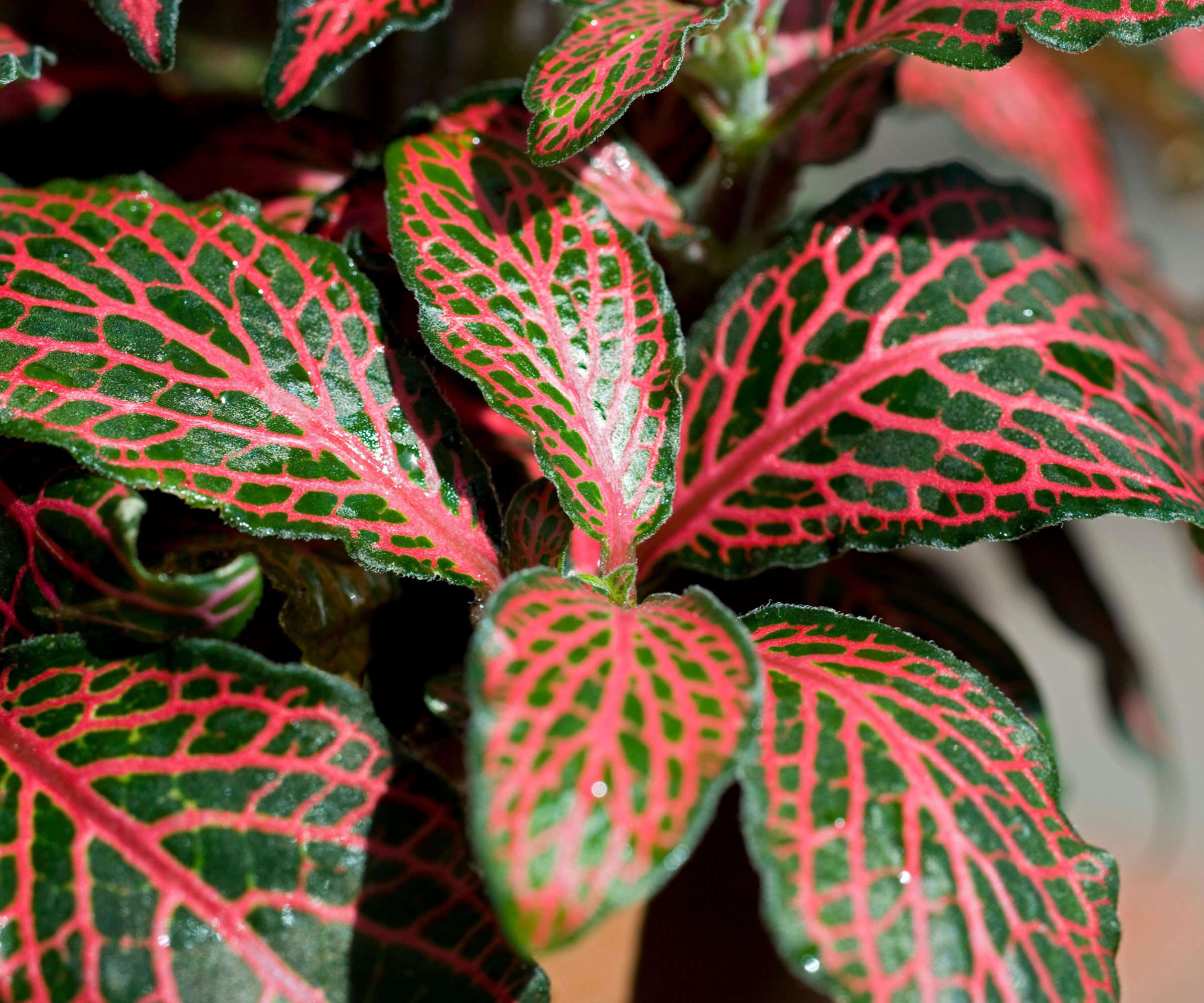
As with any tropical indoor plant, fittonias appreciate higher humidity. It's easy to increase humidity for houseplants using either a mister, like these misters from Amazon, or a pebble tray, like these humidity drip trays from Amazon.
'Misting fittonia leaves occasionally will help maintain vibrancy,' says Andy. You can mist nerve plants as regularly as a few days a week to keep it happy and you'll soon notice its colors pop.
Be careful not to oversaturate the foliage of fittonias, however, as it could cause leaf spotting and dull the appearance of it bright leaves.
Different types of fittonia
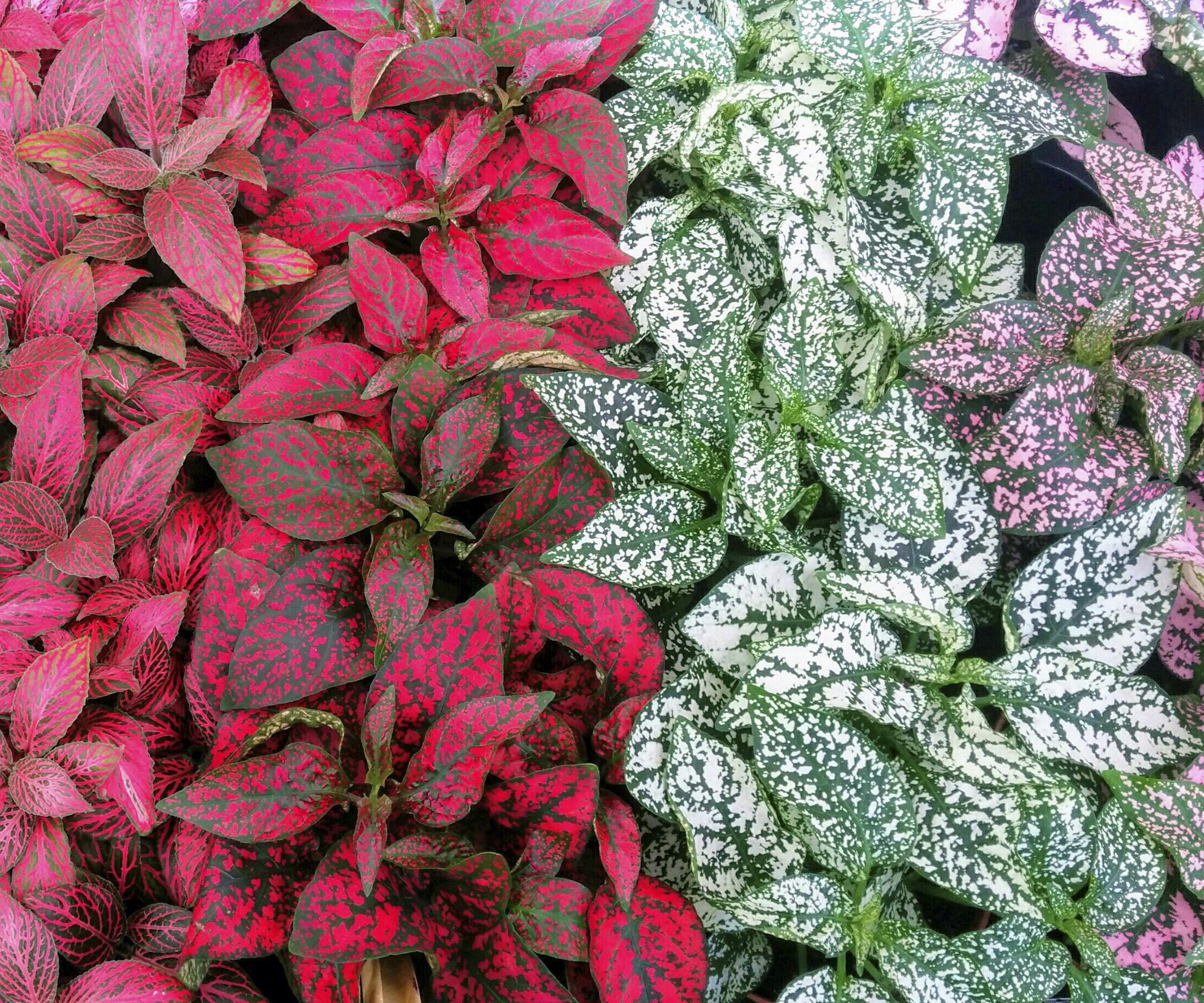
The best thing about fittonias is that there are so many varieties in an array of different colors, so there's one to suit any interior aesthetic.
Among the most popular are white varieties like Fittonia 'White Angel' and Fittonia 'White Tiger', yellow varieties like Fittonia 'Lemon' and pink varieties like Fittonia 'Pink Star' and Fittonia 'Pink Diamond'.
You can also achieve more dramatic looks with the dark green leaves and pink veins of Fittonia 'Dark Star' and deep red foliage of Fittonia 'Red Angel'.
Shop fittonias online
A collection of 6 different beautiful fittonias. Each arrive around 10cm tall, including the pot.
FAQs
Why is my fittonia losing color?
There may be a few reasons your nerve plant, or fittonia, is losing color. The most likely reason is that it isn't getting enough light. Fittonias thrive best in medium to low light, but too little light can dull the appearance of their bright foliage.
'Too little light will cause the plant to stretch and become rangy and lose the coloration, and too much bright light will cause the leaves to get sunburned and look washed out,' says Julie Bawden Davis, indoor plant expert at Healthy Houseplants.
How do you propagate a fittonia?
Fittonia plants are very easy to propagate. You can do it either by stem or leaf cuttings and applying a rooting hormone to propagate in soil. Likewise, you can propagate fittonias by putting stem or leaf cuttings in water. They have an average growth rate so won't be too fast to root but you will notice the plant establishing roots in a few weeks. If you're propagating plants in water, be careful not to make common propagation mistakes that could cause them to fail.
When should I repot my fittonia?
Fittonia plants have an average growth rate and won't outgrow their containers very quickly. The easiest way to spot when it might need repotting is by seeing if roots are growing out of drainage holes or if the soil isn't retaining any water. You can expect to repot a fittonia every couple of years, but this also depends on how big you want to allow your plant to grow because the size of its container will restrict growth.
Anyone looking for a colorful indoor plant should consider adding a fittonia to their collection. There is a color for every interior aesthetic and their compact size makes them easy to style on windowsills or shelves. If you look for pops of color when browsing indoor plants, you might also like the best indoor flowering plants.







